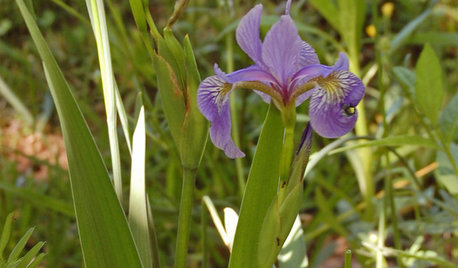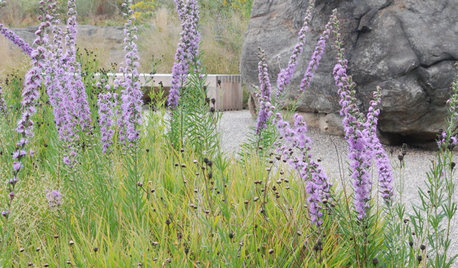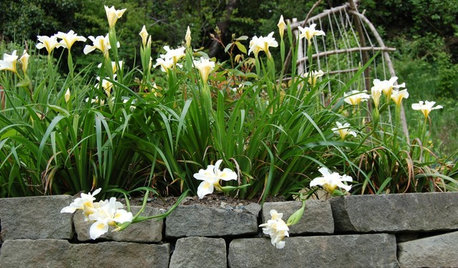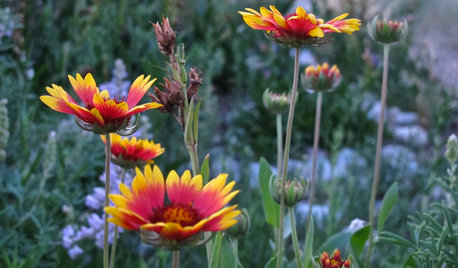'Blue flag' iris. Native only in America?
Gnomlet
19 years ago
Related Stories

GARDENING GUIDESGreat Design Plant: Iris Versicolor
A versatile native iris for bridging wet and dry gardens
Full Story
INSPIRING GARDENSNative Plants Inspire and Educate at NYC's Botanical Garden
Stroll through the new Native Plant Garden with us to get great ideas for plant choices and sustainability
Full Story
LANDSCAPE DESIGNNative Plants Help You Find Your Garden Style
Imagine the garden of your dreams designed with plants indigenous to your region
Full Story
GARDENING GUIDESTop 10 Native Plants for the Pacific Northwest
More than just gorgeous and adaptable, these standout plants convey a sense of place
Full Story
GARDENING GUIDES10 Deer-Resistant Native Flowers to Plant This Fall
Learn about natives that embrace some kinds of wildlife but resist grazing deer
Full Story
EARTH DAYHow to Design a Garden for Native Bees
Create a garden that not only looks beautiful but also nurtures native bees — and helps other wildlife in the process
Full Story
GARDENING FOR BUTTERFLIES3 Ways Native Plants Make Gardening So Much Better
You probably know about the lower maintenance. But native plants' other benefits go far beyond a little less watering and weeding
Full Story
GARDENING GUIDESOh, Deer! 10 Native Flowers That Stand Up to the Herds
Keeping a garden amid hungry deer can be hard, but these plants should fare well
Full Story
MOST POPULARHow to Hang the American Flag at Home
We’ll show you how to display the American flag on your house for Memorial Day, the Fourth of July or all year round
Full Story
GARDENING GUIDESThese Hummingbird-Attracting Native Plants May Surprise You
These flowers, vines and shrubs offer shelter and food supplies that keep hummingbirds around longer
Full Story


Sparaxis
gardengal48 (PNW Z8/9)
Related Discussions
have red and orange canna,yellow flag iris, hosta
Q
How difficult is it to grow blue flag iris
Q
Hunting this historic blue flag iris
Q
iris versicolor (blue flag)
Q
GnomletOriginal Author
alicia7b
woodland_gardens
GnomletOriginal Author
garden_of_mu
Sparaxis
ginny12
gardengal48 (PNW Z8/9)
nmogens
GnomletOriginal Author
ginny12
Sparaxis
suenh
mad_gallica (z5 Eastern NY)
gulliblevolunteer
gulliblevolunteer
GnomletOriginal Author
gardengal48 (PNW Z8/9)
gulliblevolunteer
ginny12
GnomletOriginal Author
mad_gallica (z5 Eastern NY)
garden_of_mu
suenh
ginny12
GnomletOriginal Author
Sparaxis
ginny12
alicia7b
alicia7b
klavier
vic01
GnomletOriginal Author
suenh
GnomletOriginal Author
Woozle_5
alicia7b
GnomletOriginal Author